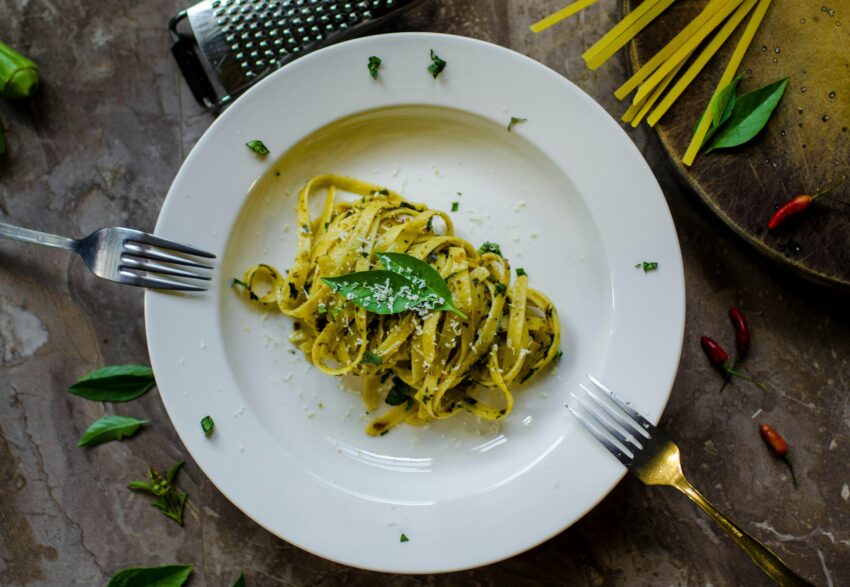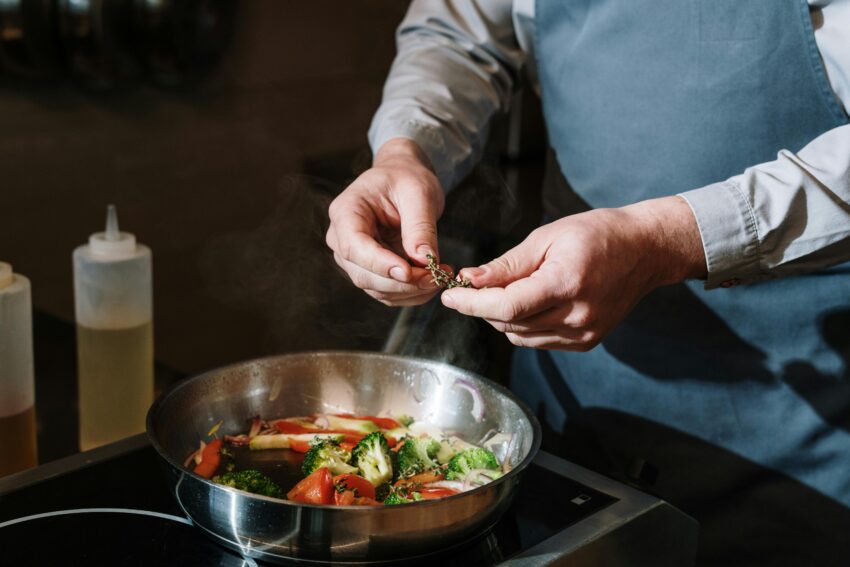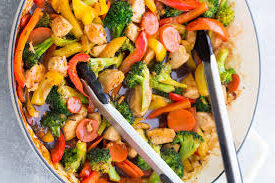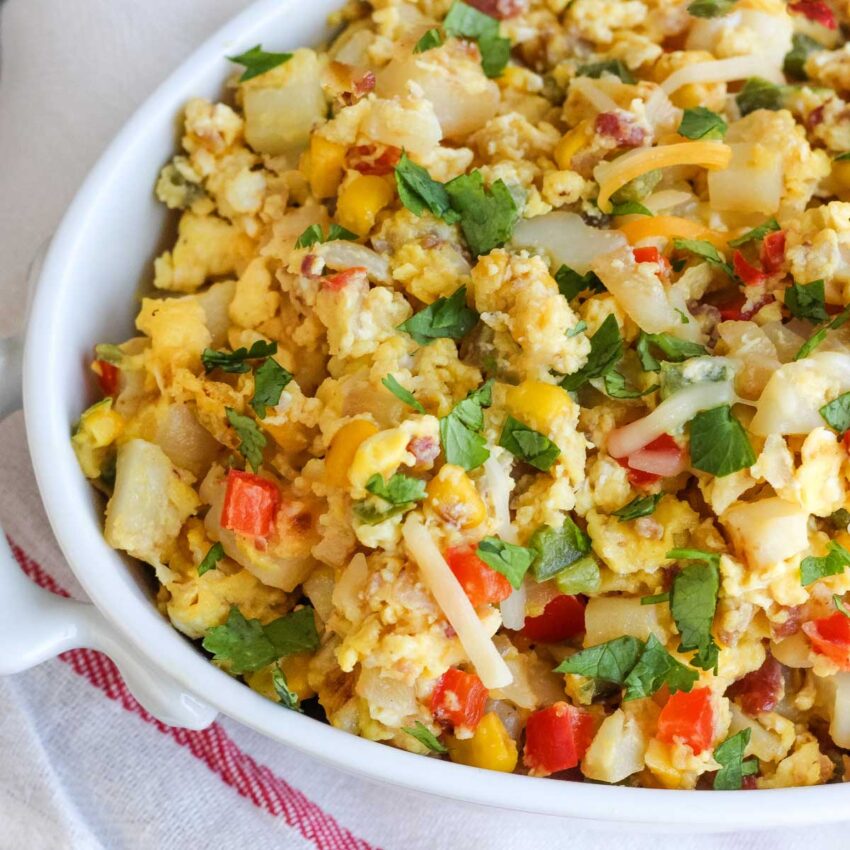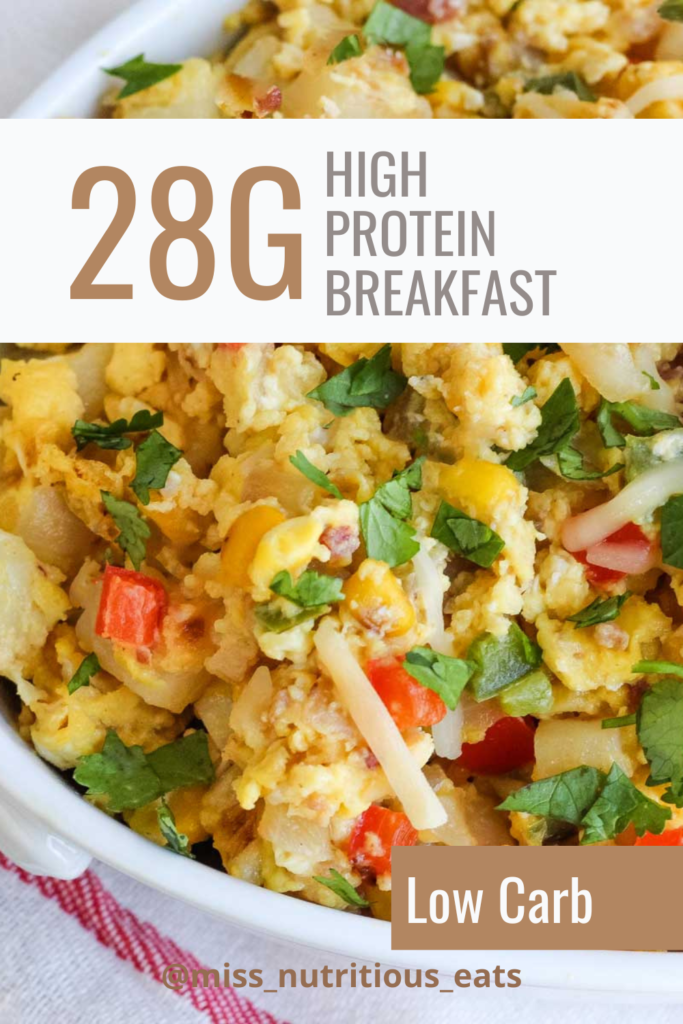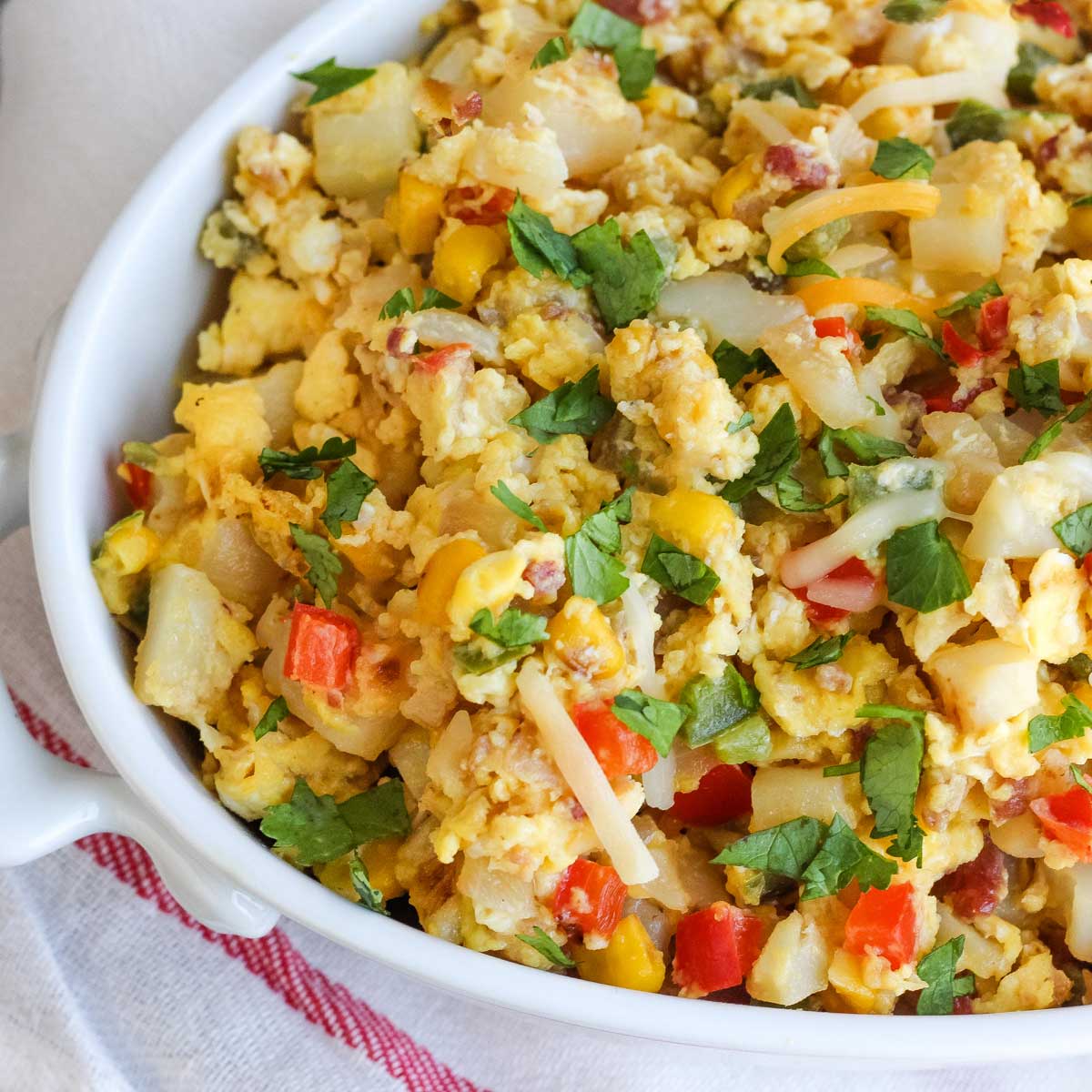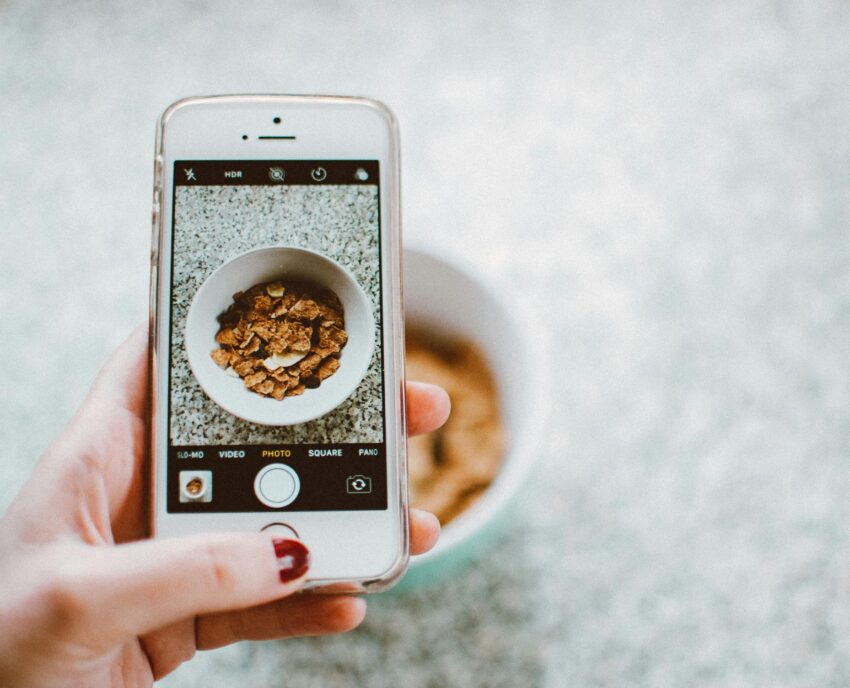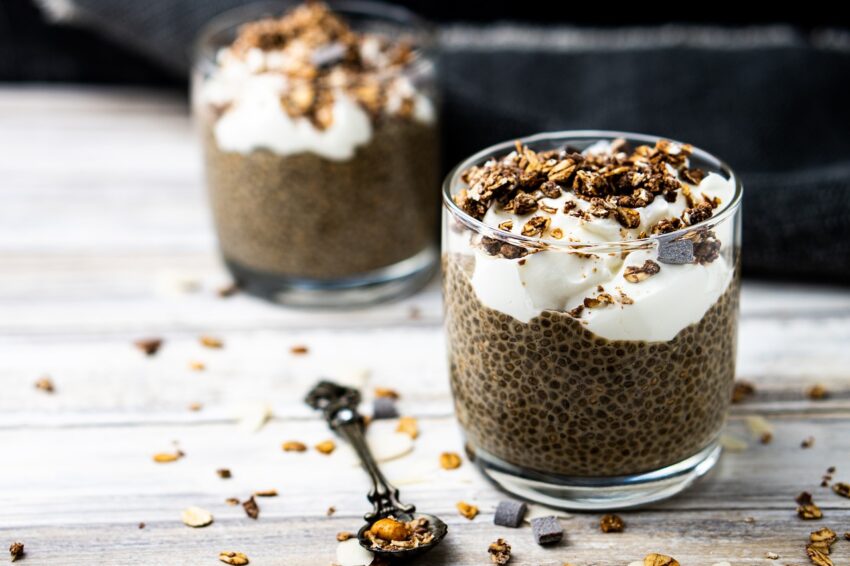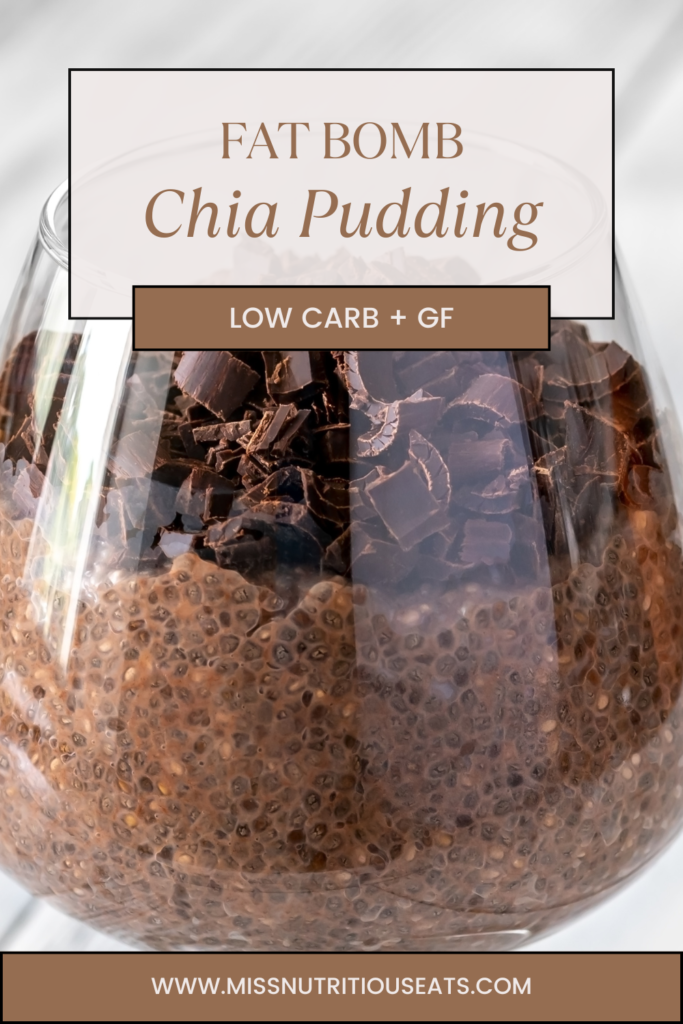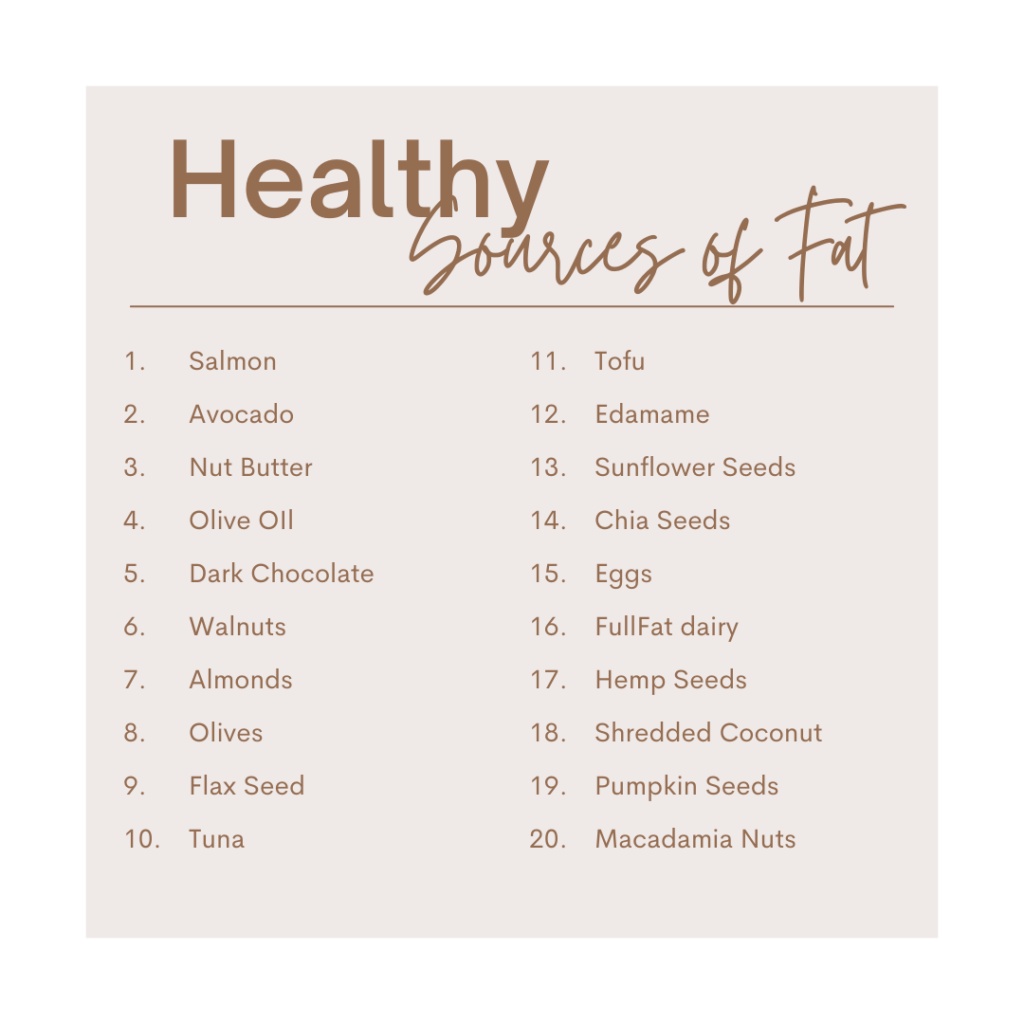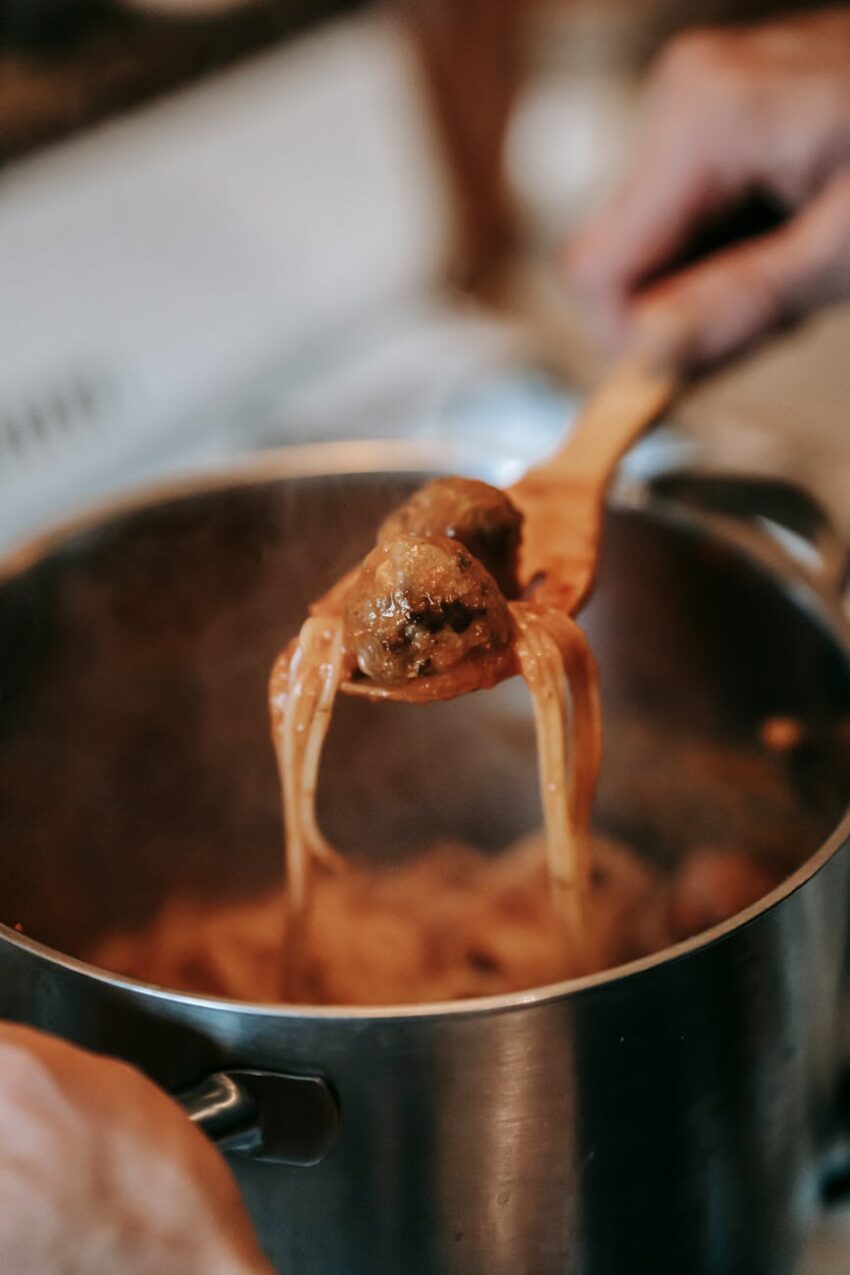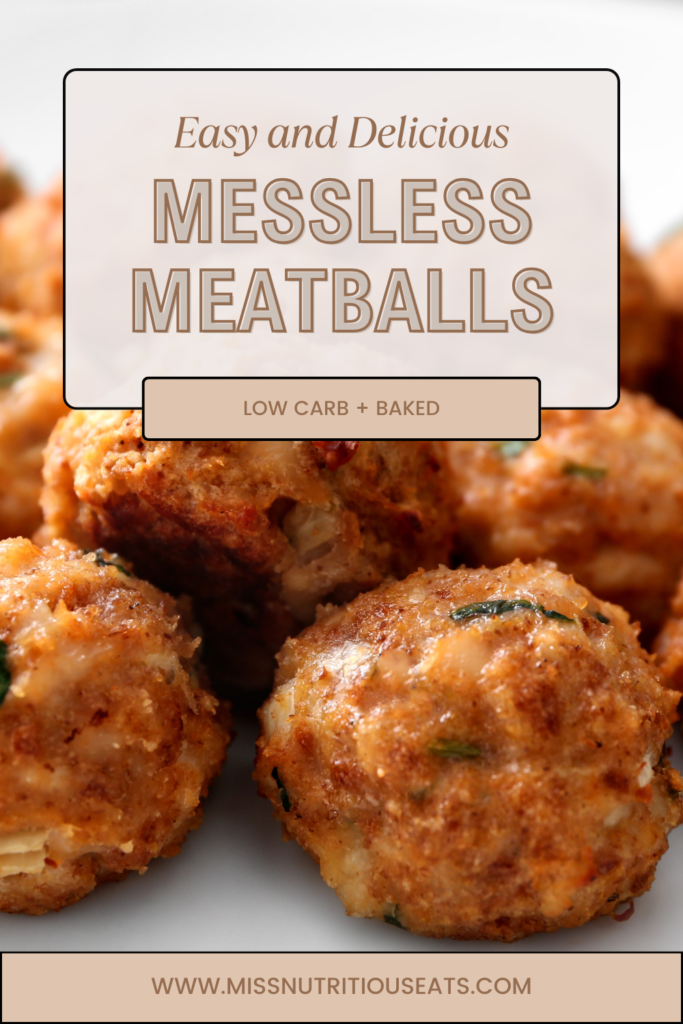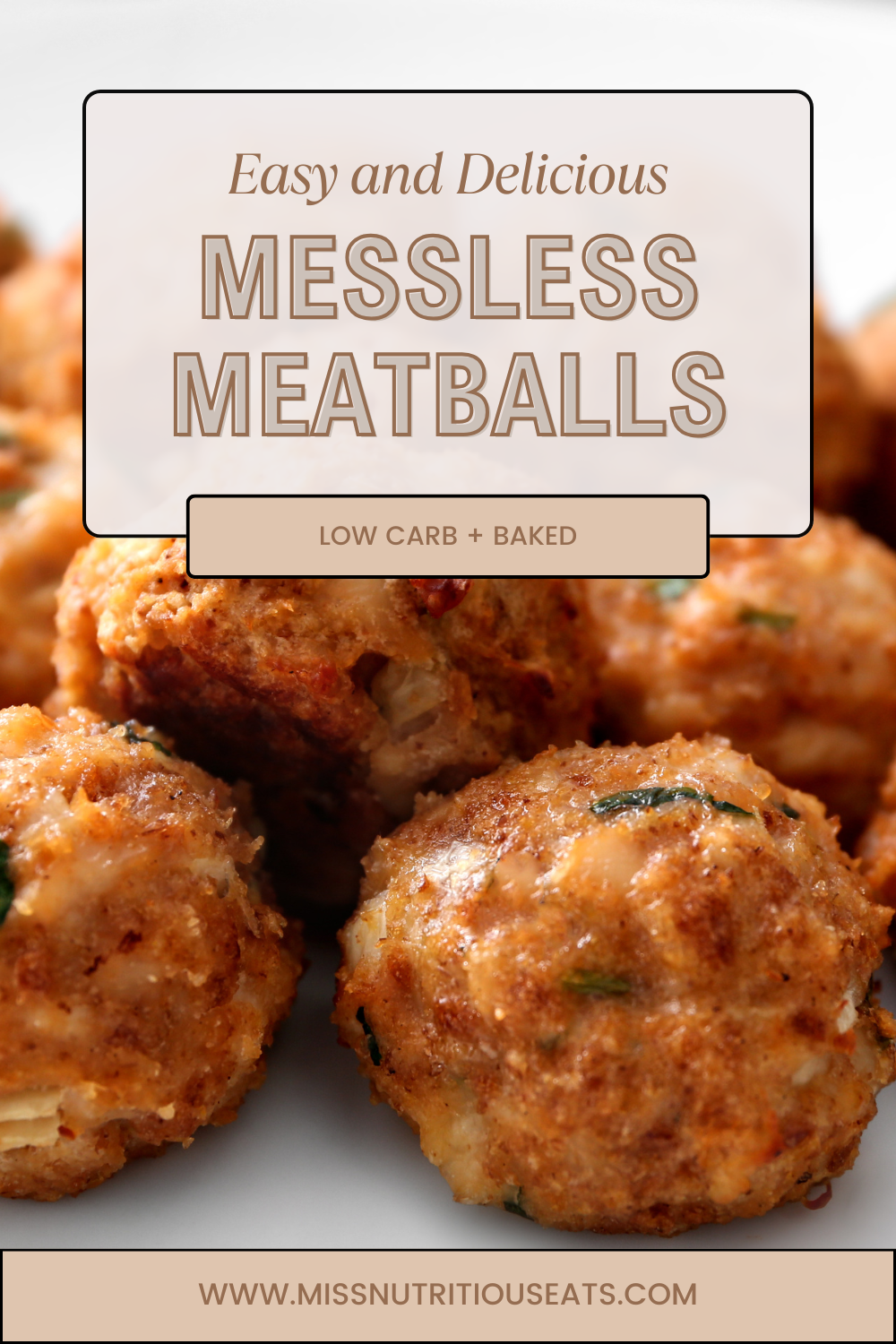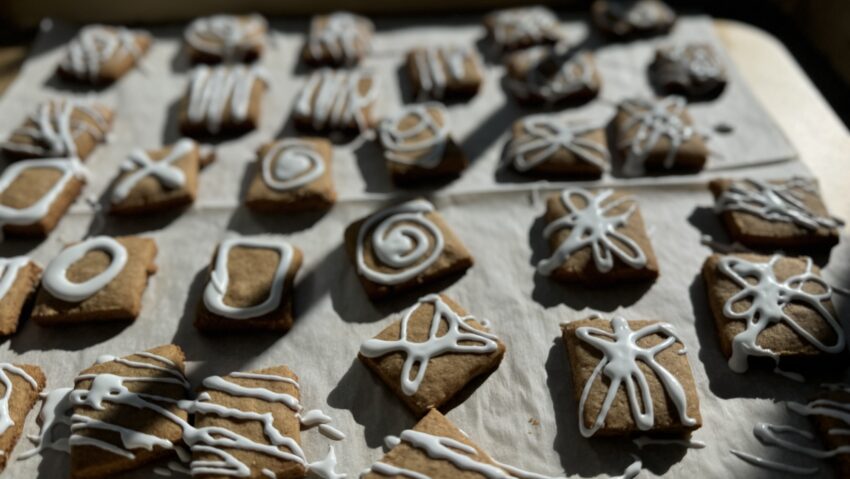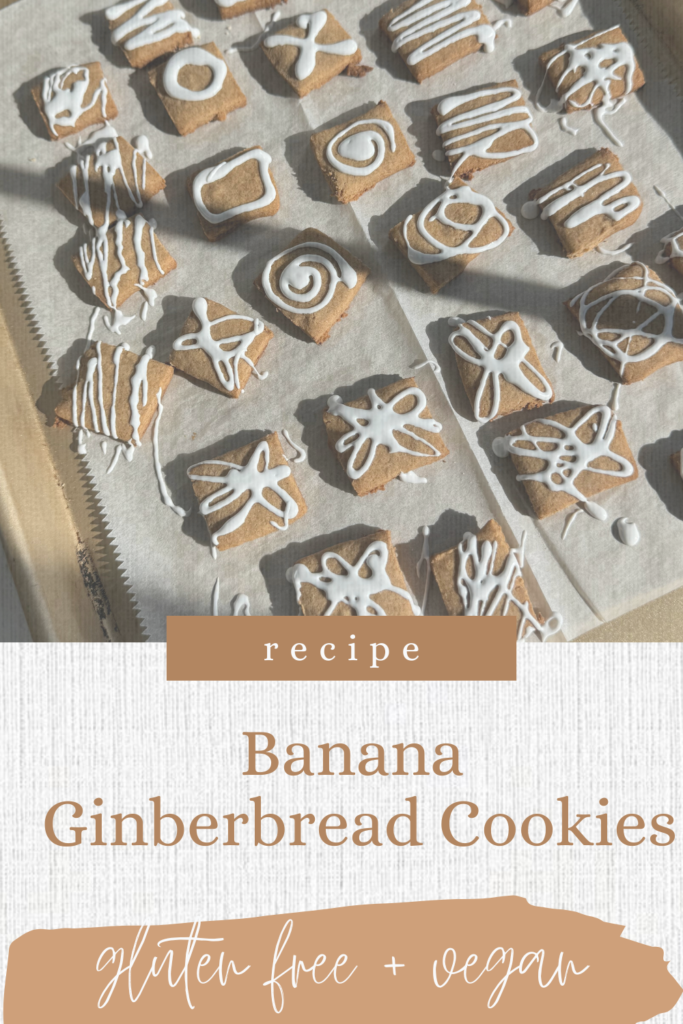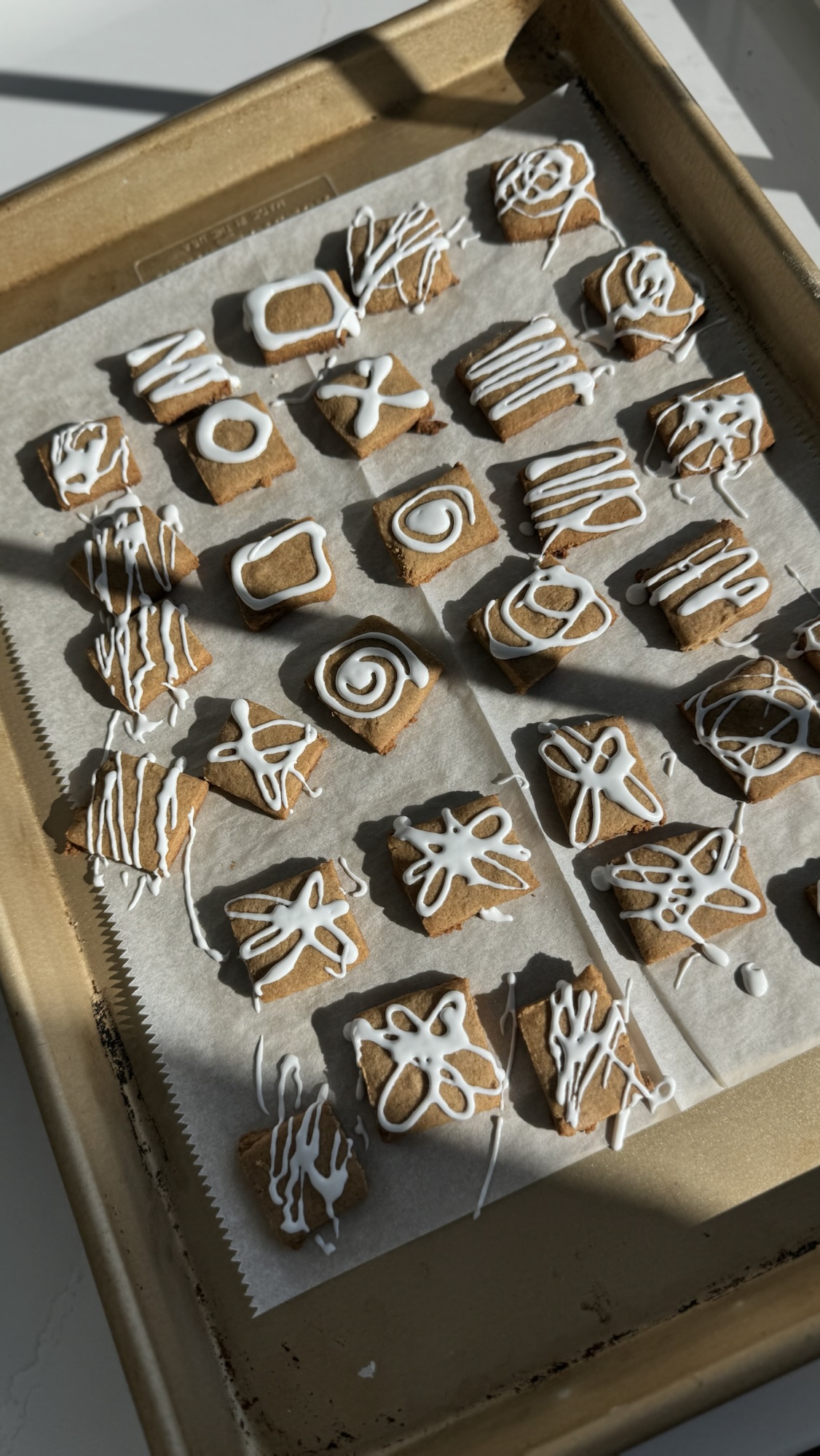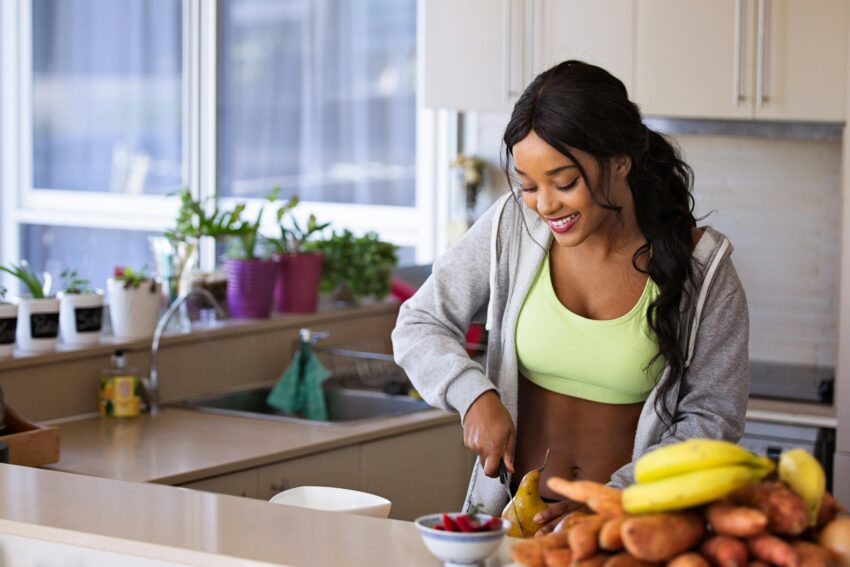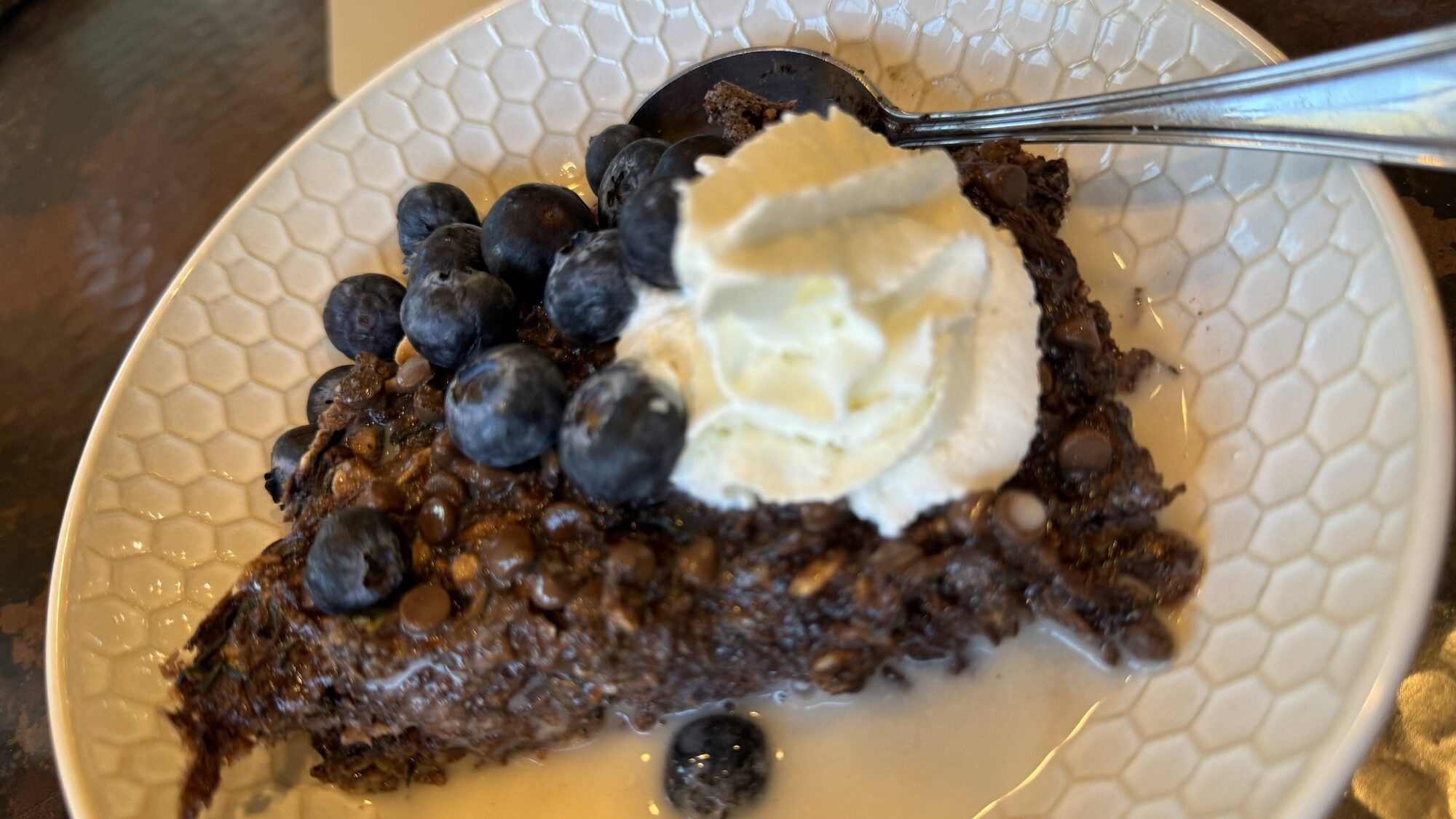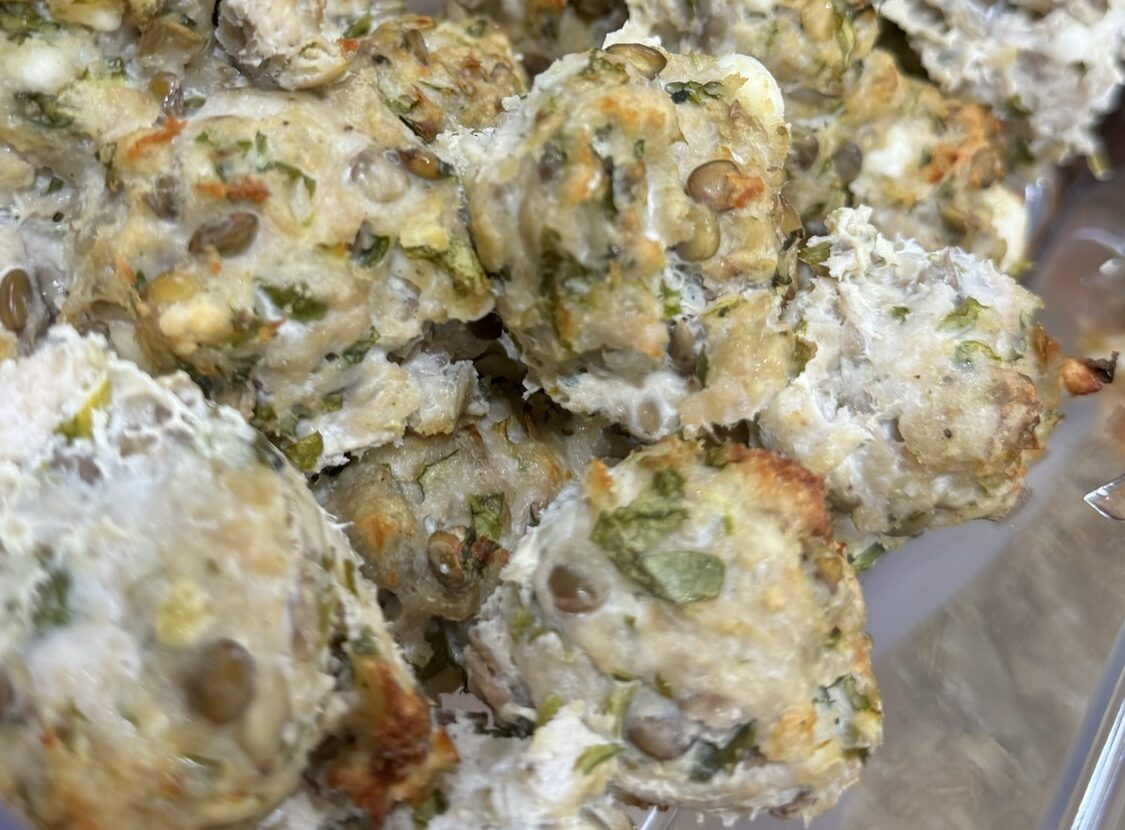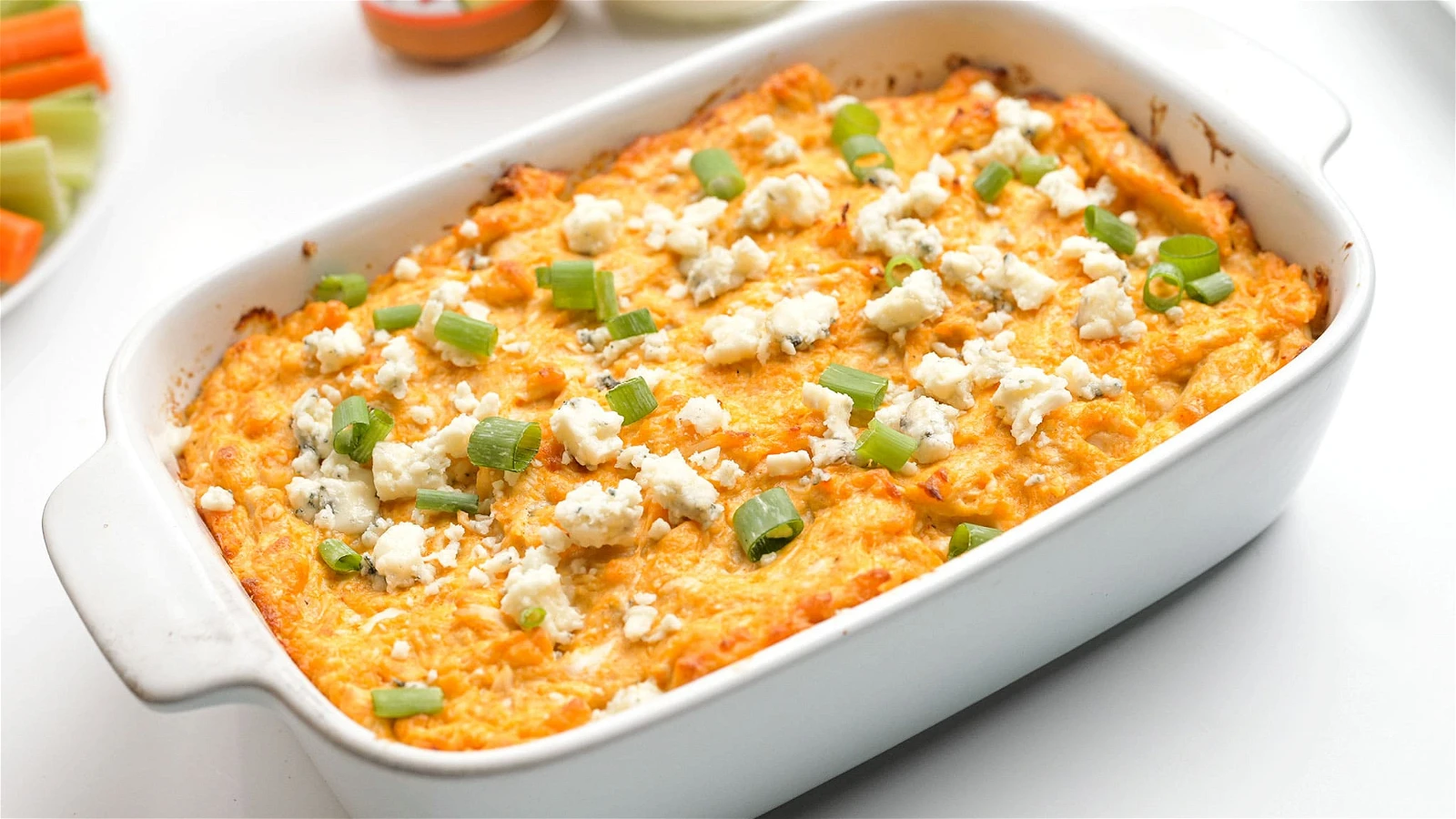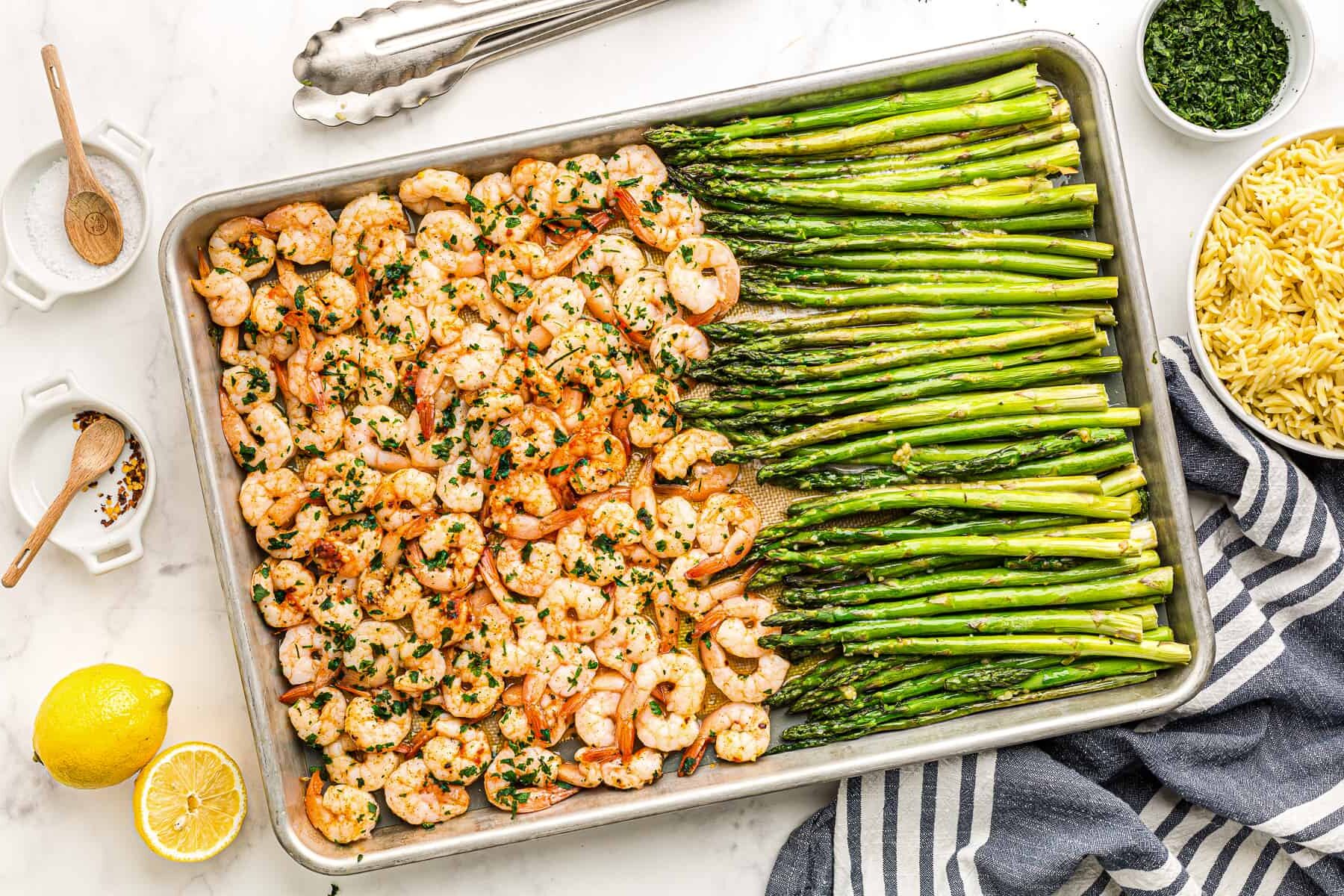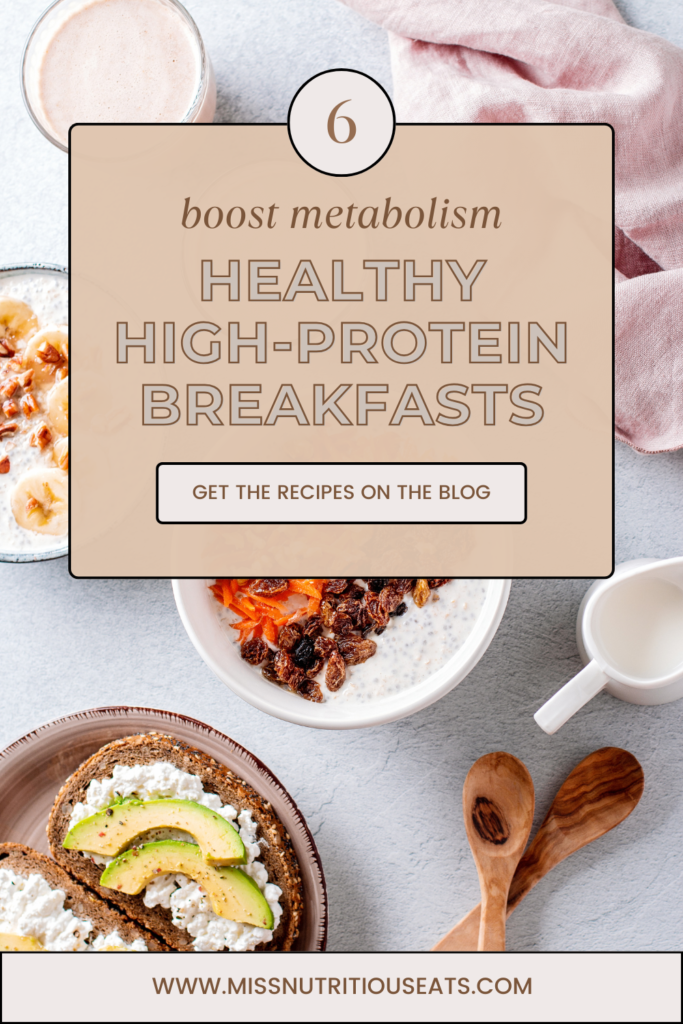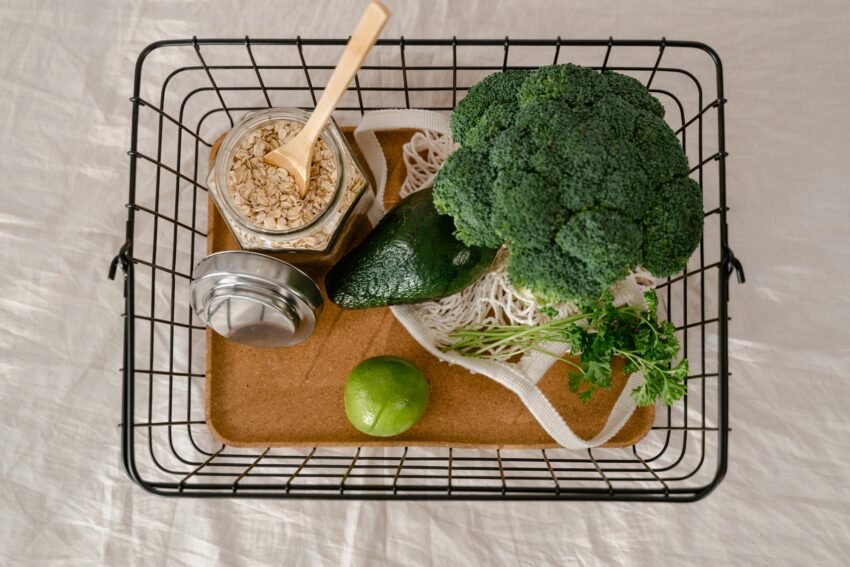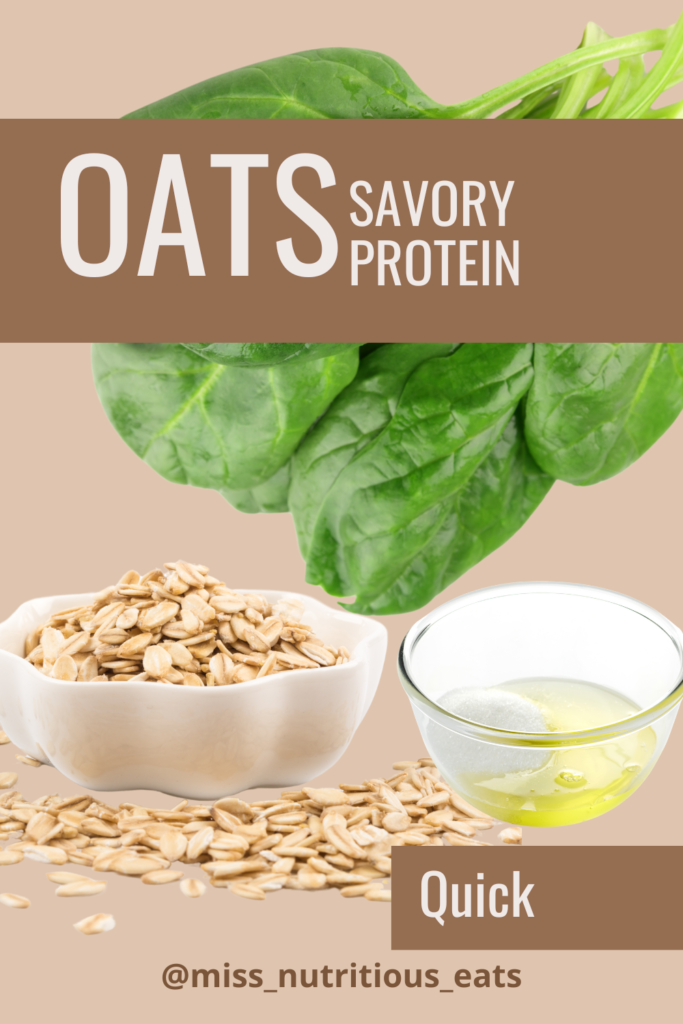Zucchini Noodles with pesto and chicken (low carb)
As a dietitian, busy mom, and carb cycler, let me tell you—this Zucchini Pesto Pasta with Chicken is a game changer! (well, this one is too!) It’s my go-to weeknight dinner because it checks all the boxes: quick, healthy, and absolutely delicious. I love how versatile it is. You can keep it low-carb with just the zucchini noodles or add some pasta to bump up the carbs if you’re cycling or feeding the whole family. Plus, it’s a “cook once, eat twice” kind of meal—make a big batch, and you’ve got lunch or dinner sorted for the next day. With spiralized zucchini, creamy pesto, tender grilled chicken, and juicy cherry tomatoes, this dish is proof that healthy eating can be simple and so satisfying!
Table of contents
😍 Why You’ll Love Zucchini Pesto Pasta
- Quick and Easy: On the table in under 20 minutes, this easy recipe is a lifesaver for busy weeknights.
- Low-Carb & Gluten-Free: A great option for those following a heart-healthy or gluten-free lifestyle.
- Healthy Fats and Protein: Packed with healthy fats from the pesto and protein from the chicken, it’s a perfect dish for a balanced diet.
- A Fun Way to Enjoy Veggies: Who says vegetables have to be boring? Spiralized zucchini noodles are a favorite way to add veggies with a fun twist.
- Full of Flavor: The creamy pesto, fresh basil leaves, and juicy cherry tomatoes combine to wake up your taste buds with every bite!
🗒️ Ingredients + Substitutions
Here are the simple ingredients you’ll need for this recipe:
- zucchini (spiralized into noodles): Use a handheld spiralizer or vegetable spiralizer. If you don’t have either, have fun creating thin ribbons using a julienne peeler, veggie peeler or even your food processor.
- olive oil: For sautéing the zucchini noodles to perfect texture.
- chicken breasts (grilled and sliced): Substitute with shrimp or tofu for a different protein option.
- pesto sauce (store-bought or homemade): Making homemade pesto with fresh basil leaves, pine nuts, olive oil, a little salt, and garlic in a food processor adds a personal touch.
- cherry tomatoes (halved): These give the dish a pop of color and fresh flavor.
- grated parmesan cheese (optional): For less sodium or a dairy-free dish, swap this with nutritional yeast or hemp seeds.
Quick Tip! No zucchini? You can use cucumber for raw zucchini noodles.
💡 Gluten-Free? Read This!
Yes, this zucchini noodle recipe is completely gluten-free! Swap out regular pasta for spiralized zucchini noodles and still satisfy your craving for traditional pasta dishes. For anyone with medical reasons to avoid gluten or if you’re exploring a heart-healthy diet, this healthy dish tastes just as good as it looks. Plus, it’s packed with nutrients that align with recommended amounts of nutrients for a nutrition-guideline-approved meal.
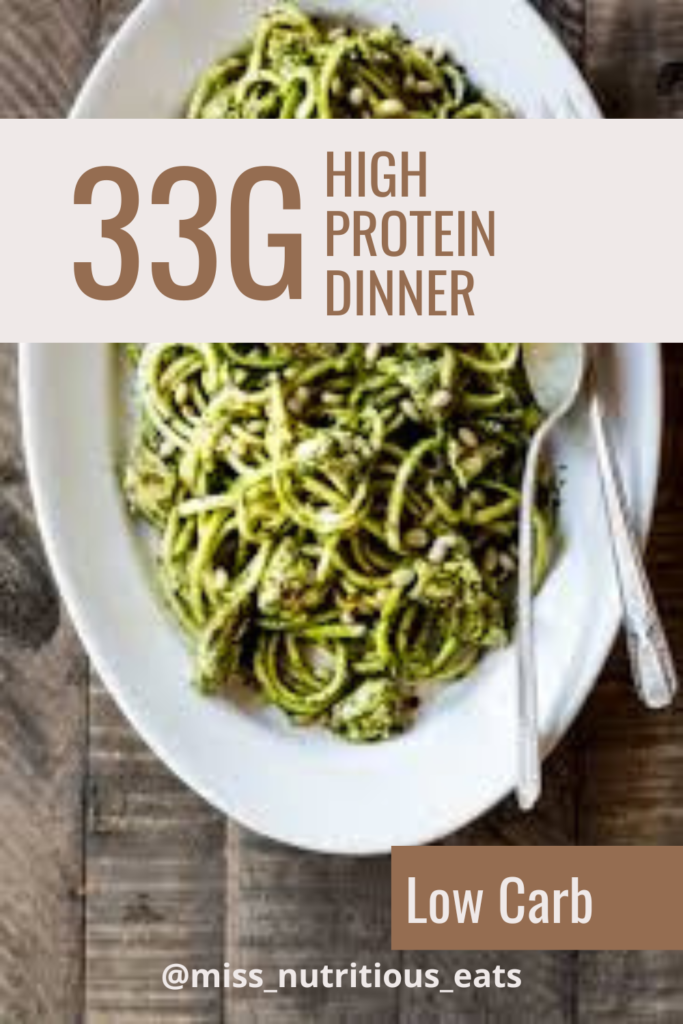
👩🍳 How to Make My Zucchini Pesto Pasta
This recipe follows a rigorous process perfected by recipe testers and registered dietitian reviews to ensure it’s easy for anyone to cook. Follow these steps for the best way to make this dish:
- Prep the Zucchini: Pat the zucchini noodles dry with a paper towel to remove excess water. This ensures no soggy noodles!
- Cook the Zoodles: Heat olive oil in a large skillet over medium heat. Add raw zucchini noodles and sauté for 2-3 minutes until they’re soft but still have that mild flavor and fresh texture.
- Add the Toppings: Stir in sliced chicken and cherry tomatoes over medium-high heat. Drizzle pesto sauce over the mixture and toss to coat evenly.
- Simmer and Serve: Cook for another 2-3 minutes to heat everything thoroughly. Sprinkle parmesan cheese or an alternative like nutritional yeast for that cheesy, creamy pesto flavor. Add black pepper to taste.
- Plate and Garnish: Transfer everything to a large bowl and top with a squeeze of lemon juice and a sprinkle of fresh herbs like basil.
If you love the flavors of zucchini and basil, you’ll also want to check out my family recipe for zucchini lasagna.
📓 Best Served With
While this dish is delicious enough to stand alone, here are a few ideas to round out the meal:
- A fresh side salad with a homemade olive oil and lemon juice dressing.
- A slice of gluten-free garlic bread or keto bread.
- Pair with roasted vegetables for extra greens.
👝 How to Store Leftovers
If you’re lucky enough to have leftovers, here’s the easiest way to store them:
- Store in an airtight container in the fridge for up to 3 days.
- To reheat, warm on the stove over medium heat for 1-2 minutes. Avoid microwaving as it may cause soggy noodles.
- For best results, keep the pesto sauce separate until you’re ready to reheat.
Pro Tip! Avoid freezing as spiralized zucchini noodles tend to lose their texture when thawed.
🧠 Common Questions
Can I use jarred pesto instead of homemade pesto?
Yes! Jarred pesto from grocery stores works perfectly if you’re short on time. I usually find store bought pesto to have an off aftertaste, but after trying Costco’s Kirkland pesto, I will never go back. It is amazing, made with high quality cheese and no aftertaste. But if you have a food processor, homemade pesto is such a treat!
What’s the nutritional information?
This recipe is low-carb, high-protein, and packed with healthy fats. Each serving contains approximately 400 calories, 10g carbs, 33g protein, 25g fat, and 3g fiber. Exact nutritional data may vary based on specific ingredients used, but this dish fits seamlessly into a standard or calorie-conscious diet. Always consult your primary care provider for tailored nutrition advice based on your health condition.
Can I make this dairy-free?
Absolutely! Swap parmesan cheese for nutritional yeast or hemp seeds to achieve a similar nutty flavor with less sodium.
Join my next 6 week challenge!
Tired of endless diets and no results? Join the FASTer Way to Fat Loss and see real, sustainable changes in just 6 weeks!

💪🏼 Tracking Macros? Check This Out
Counting macros? With chicken providing protein, zucchini for fiber and nutrients, and olive oil for those healthy fats, this dish checks all the boxes. Enter our recipe base into your favorite recipe card tool for detailed nutrition information.
🏆 “Cooking healthy doesn’t mean sacrificing flavor or fun—that’s what makes this my favorite recipe to share with clients! The zucchini noodles and pesto are a match made in heaven.” – [Your Name], RD & Faster Way Client
Don’t forget to bookmark this easy recipe, and if you tried it, I’d love to hear from you! Leave a star rating and review below to share your thoughts.
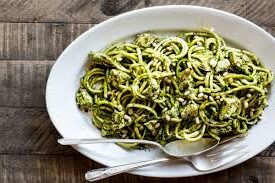
Ingredients
Method
- In a large skillet, heat olive oil over medium heat.
- Add the spiralized zucchini noodles and sauté for 2-3 minutes until slightly tender.
- Add the sliced chicken and cherry tomatoes, stirring gently to combine.
- Drizzle the pesto over the mixture and toss everything together until evenly coated.
- Cook for another 2-3 minutes to heat through.
- Top with grated parmesan cheese if desired, and season with salt and pepper before serving.

